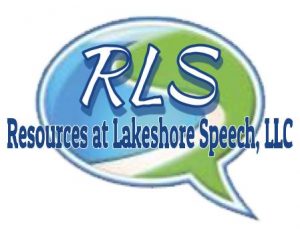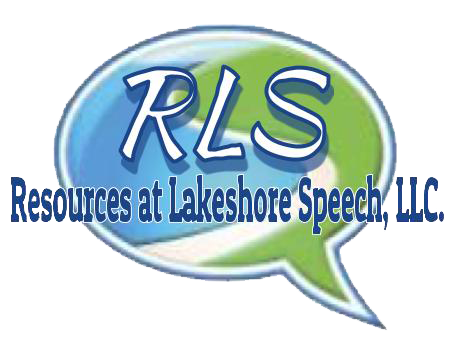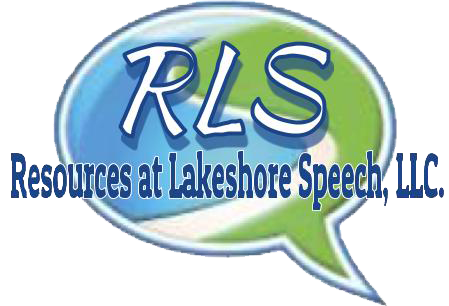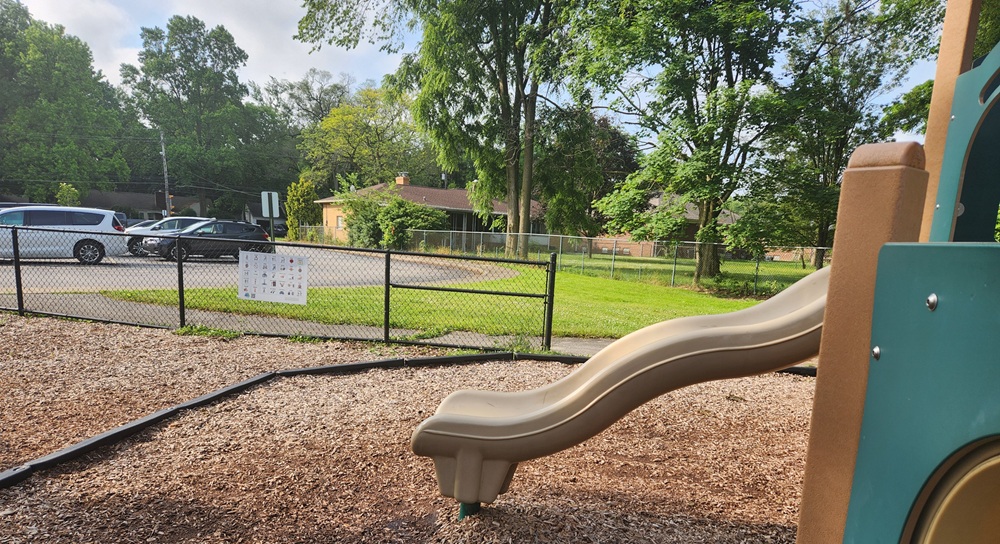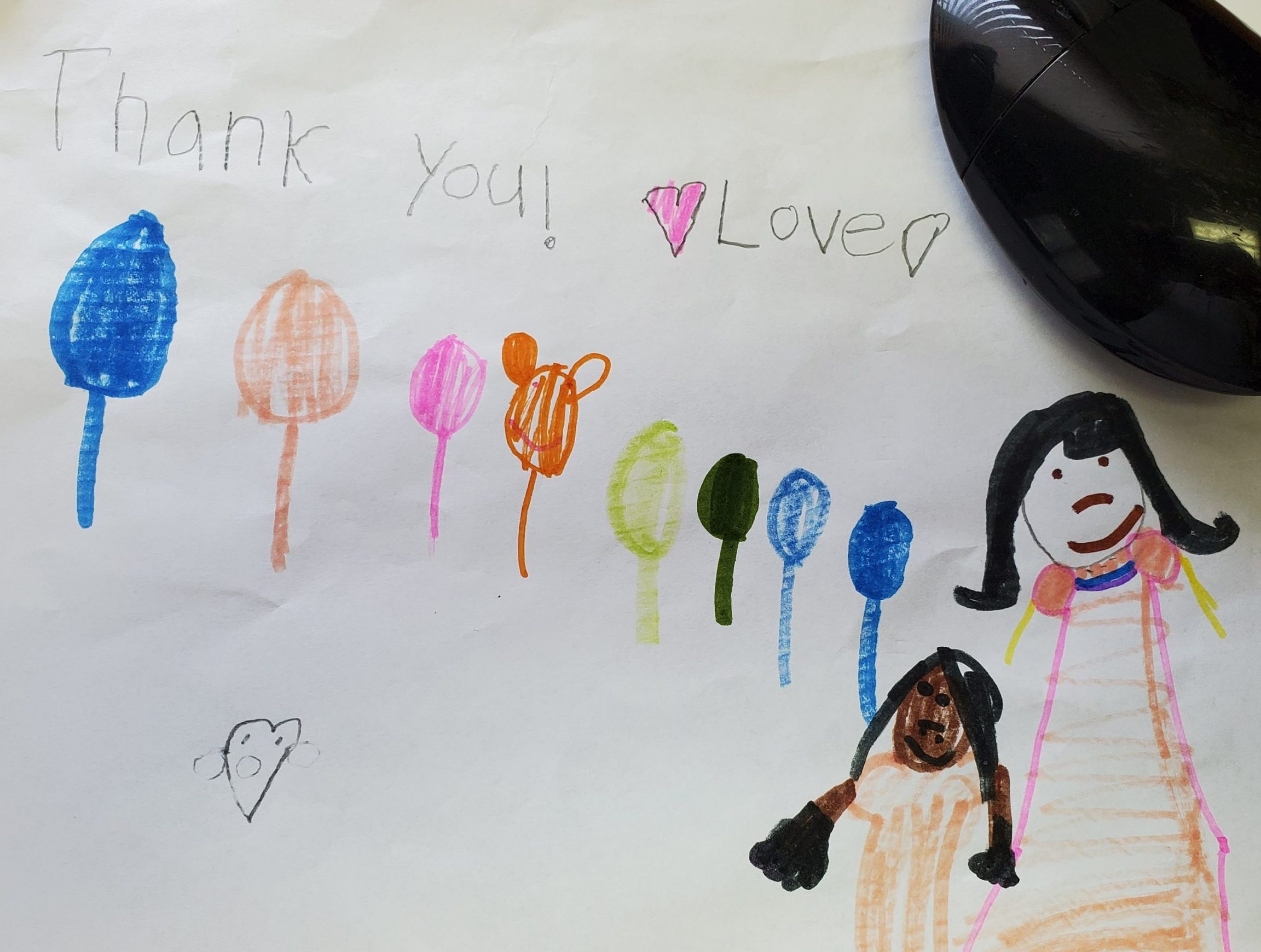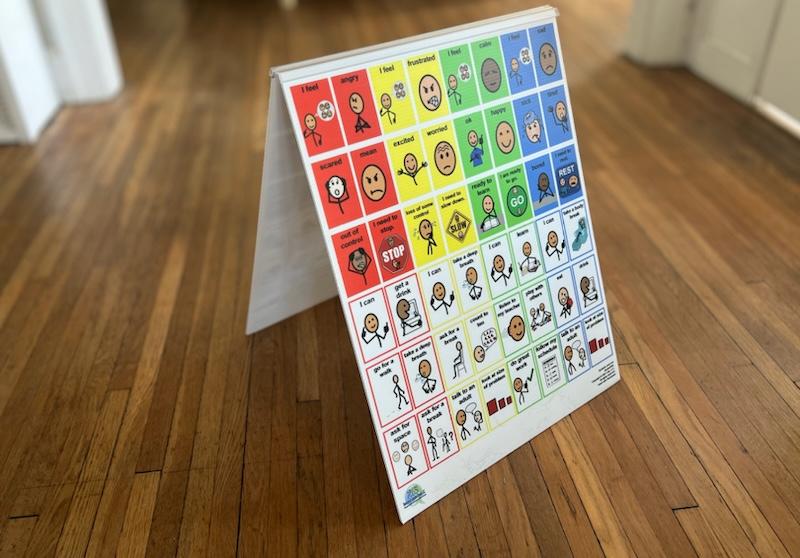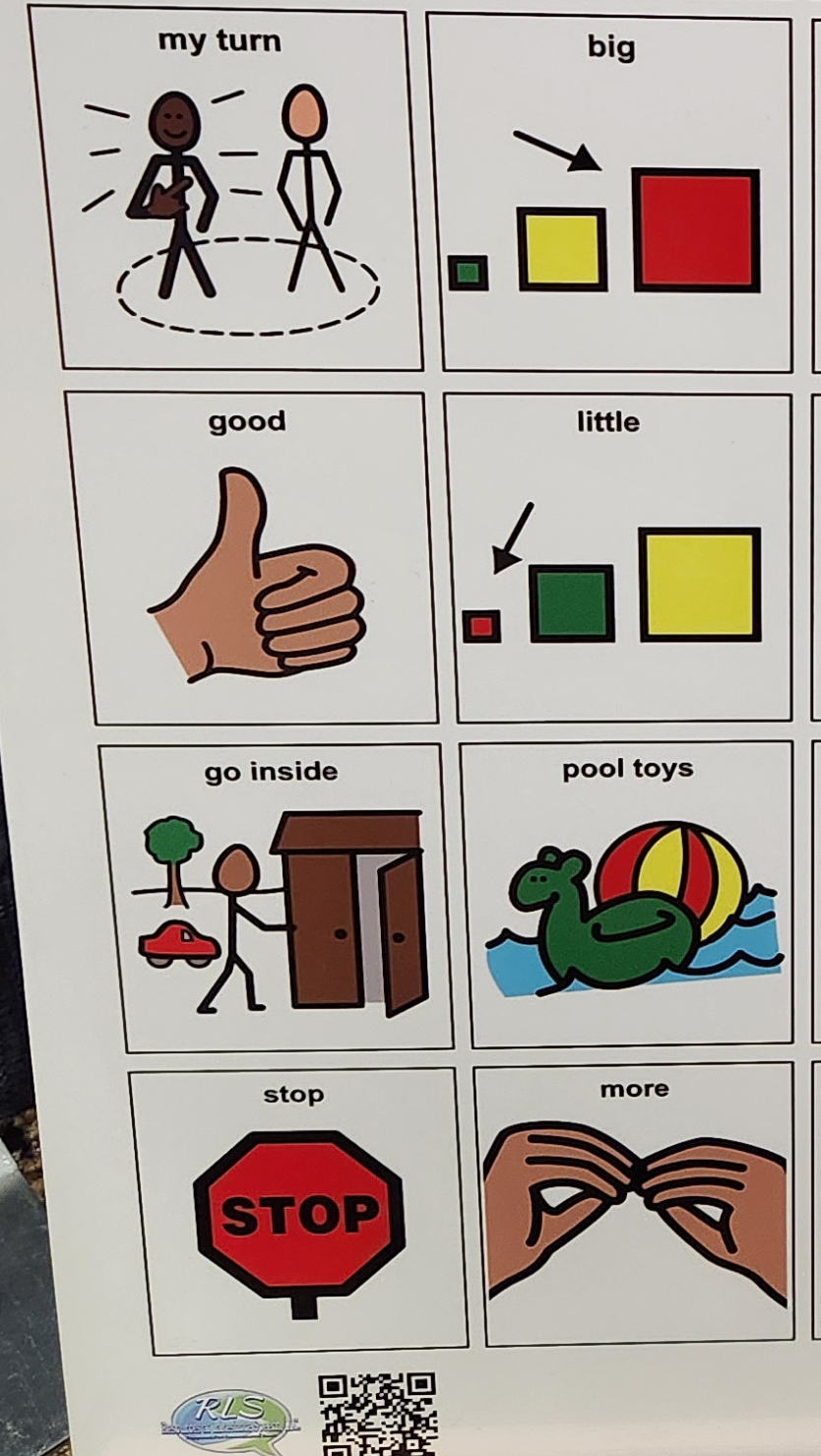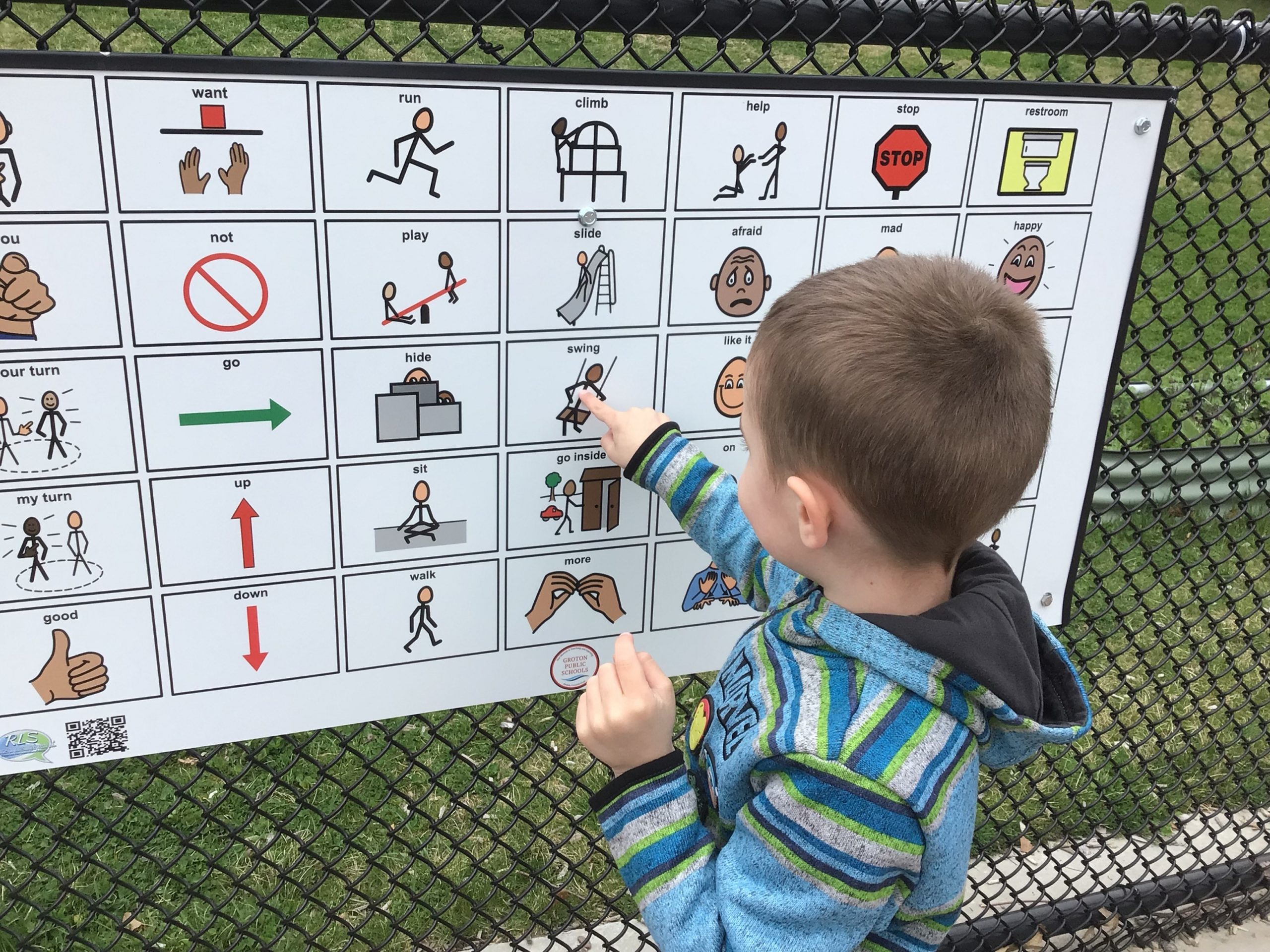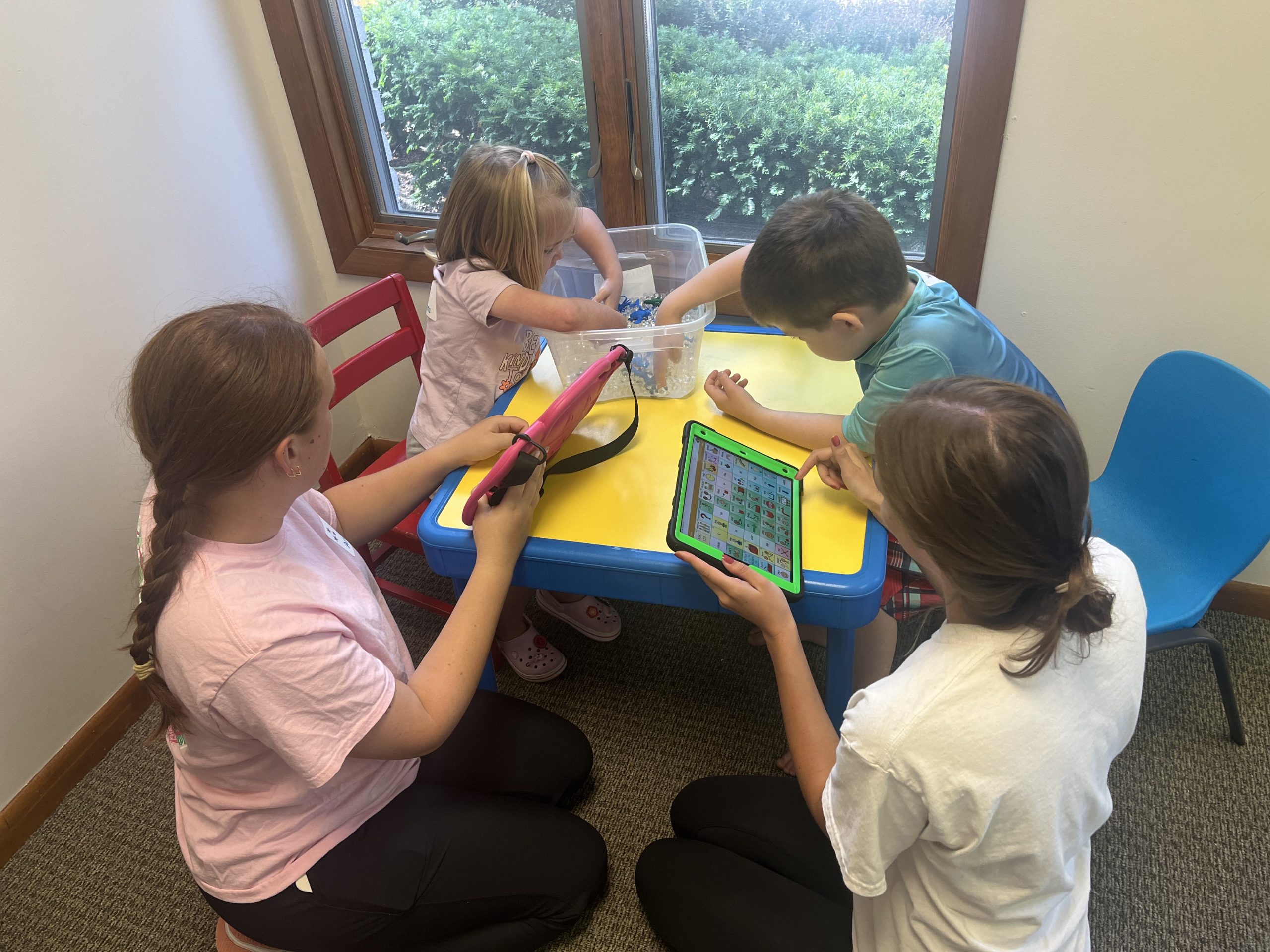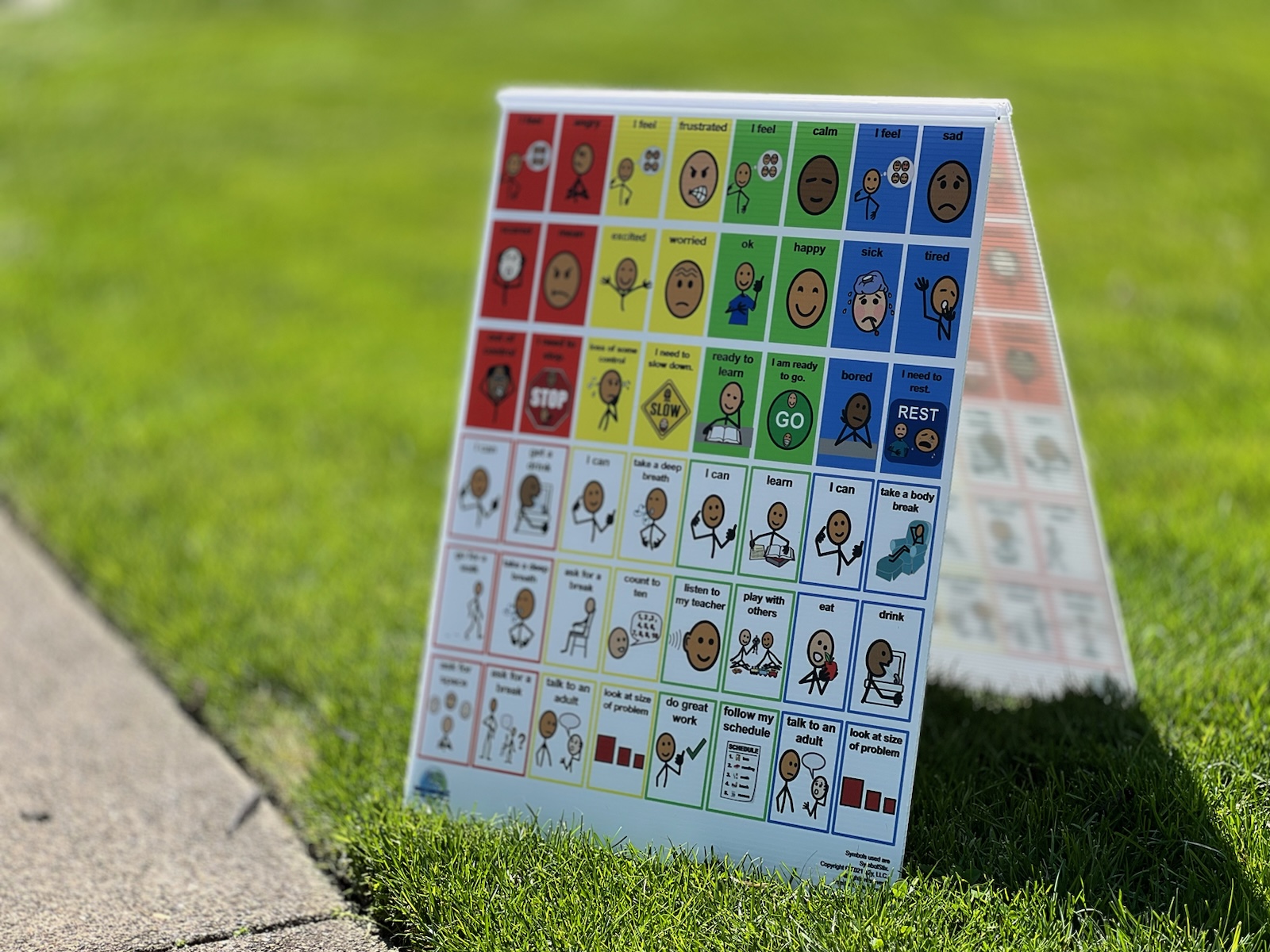Outdoor communication boards turn summer play into language-building fun! Support AAC users with inclusive tools that spark speech and connection at every park.
Continue readingCelebrate SLPs : Better Speech & Hearing Month
Celebrate Better Speech and Hearing Month! SLPs help all ages with communication, swallowing, advocacy, research, and more to improve lives every day.
Continue readingHow To Fund Communication Boards: Municipalities & SeeMyLegacy
Discover how SeeMyLegacy empowers communities to fund communication boards, boosting inclusion and engagement in public spaces.
Continue readingHow to Make Water Safety More Inclusive:Communication Boards
Poolside communication boards make water safety more inclusive, ensuring nonverbal swimmers can express needs, follow rules, and enjoy aquatic fun safely.
Continue readingHow to Avoid Emotional Meltdowns : Emotional Balance Boards
Struggling with meltdowns? Emotional regulation boards help kids & adults express feelings, prevent overload, and boost communication when words are hard.
Continue readingHow to Create Waterproof Words: Pool Communication Boards
Poolside communication boards enhance safety, inclusivity, and accessibility, ensuring everyone—regardless of communication style—has a voice at the pool.
Continue reading7 Important Tips: Adaptive Swimming & Communication Boards
Swim instructors can use communication boards to ensure safety & support individuals with communication differences in adaptive swim lessons for an inclusive experience.
Continue reading5 Ways to Dispel Myths about Alternative Communication (AAC)
Uncover 5 common myths about alternative communication and learn the evidence-based truths that empower AAC users to communicate effectively.
Continue reading5 Important Tips for Supporting AAC Users : How to Empower Communication
Tips for supporting AAC users of all ages for creating an environment to where everyone’s voice is valued and heard.
Continue readingEmotional Balance Boards:How to incorporate at Home, School & Community
Discover how emotional regulation boards help individuals express emotions, build social-emotional skills, and develop coping strategies at school, home, and beyond.
Continue reading